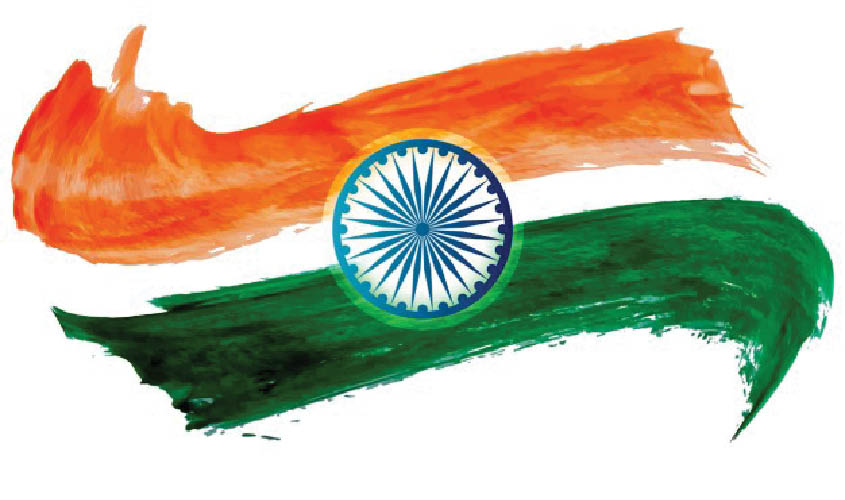The CBI-moment could well be the curtain-call moment for the faceless public servant. The bad and the ugly are known. Now it is the time for the good.
The reverberations of the unprecedented institutional crisis in the premier investigation agency of the country, the Central Bureau of Investigation, will not die down any time soon. This could well be for the better from the long-term holistic good-governance perspective, as we have lived, without any perceptible unease, with far too much muck in our midst and urgently need massive clean-up operations. In the interim, however, we will have to be prepared for an unseemly slugfest with concomitant and collateral damage. Ghalib’s plaintive lines, “umar bhar Ghalib yehi bhool kartaa raha, dhool chehre pe thi, aainaa saaf karta raha” acquire a haunting resonance, in this particularly sordid backdrop.
Ironically, what is unfortunately getting ignored amidst all the “muck” slinging is the good work that is being done by a large number of civil servants. The, as yet, less-known place to start is the “nexus of good”, which has been conceptualised as a movement, a coming together, highlighting all that is positive, energising and uplifting within existing governance structures which, at the end of every single day, keeps them standing, unyielding and strong. The steel frame—howsoever clichéd as a moniker—has withstood the rigorous test of 70 + years. It simply does not and cannot move along on auto-pilot or “Bhagwan bharose”, to be a tad irreverent. It is high time that the unacknowledged and more often than not, anonymous, gold standard governance professionals are brought upfront and appreciative lights beamed on them. These are not the movers and shakers who are the toast of the upper crust and manage to garner more than a healthy dose of adulatory attention or powerful coteries, secure in their proximity to crucial power centres.
“Dikhayi kam diya karte hain, buniyaad ke patthar, zameen mein dab gaye jo, imarat unhi par kayam hai.”
The CBI-moment could well be the curtain-call moment for the faceless public servant. The bad and the ugly are known. Now it is the time for the good. They must be showcased. With the ubiquity of social media, which works marvellously as an instant ignition-cum-accelerator, the uncharted course promises to be easy to negotiate and a riveting game changer.
In fact, the demand to move away from facelessness has been building up from within for some time past. Public servants of the present-gen are not content to be constantly paraded around as whipping guys/gals and flogged and hanged in the public square. And perhaps rightly so. They also seek a fair chance to tell their stories, their successes, the obstacle races and endurance tests encountered that did not knock them out plain cold but left them with renewed zeal and commitment to continue working for the greater public good, an exhilaration beyond compare.
The initial response of the government to the intrepid social media (SM) voyagers from the public services was understandably ham-handed and harsh. The vicious blowback had the desired impact and it was found to be more prudent and safe to pull down posts viewed with suspicion—though not always with justification—and withdraw into the familiar comfort shell of bland facelessness.
As on date, forays into the SM space remain largely individual driven and focused on ad hoc success nuggets with expectedly popular appeal in the limited jurisdiction of the public servant concerned. There is often a tendency to personalise the success element, possibly as a counter to the deadweight of stifling, dreary facelessness.
This is the crucial cusp in governance to be leveraged and evolve a parallel narrative that dexterously works to address many terminal systemic maladies. Individual public servants, however bright and smart, cannot be lone wonders. They may shine for a short while and enjoy the thrill of rock stars, but the challenge is to revitalise decrepit, dysfunctional systems and processes and make them sustainable and durable.
The imperative is, therefore, to strike the right balance between projecting the good and the best and chanellising them in a manner that they assume critical mass and make the big bang impact, which citizens—hopefully someday—will find difficult to stop exulting over. The “amrit” from the relentless churning has to rise.
No doubt, it is a big ask, as a number of public servants are happiest ploughing their own virtual furrows and chary about extending hands to each other in help or solidarity. The “nexus of good” has scanned this as its niche area and plans to build on it, virtual brick by virtual brick, time not really being a material factor in this unique endeavour.
Doomsday forecasters have been having a field day waxing eloquent about the hostile, unremitting bludgeoning of governance institutions for the last few years. While some of it is opportunistic whining, flowing from the overflowing tap of goodies and freebies being turned off, it would be singularly naive to gloss over the threatening writing on the wall. To erase that threat and replace it with a transformative script, in perfect sync with constitutional ethics, morality and principles, the good have to band together. It’s now or never.
“Muktsar si zindagi ke ajab afsane hain,
Yahan teer bhi chalane hain, parinde bhi bachane hain”.
* Anil Swarup is former Secretary, Government of India, and currently CEO, State Development Council, Jharkhand Government.
* Tuktuk Ghosh is a retired IAS officer who comments on governance issues.

